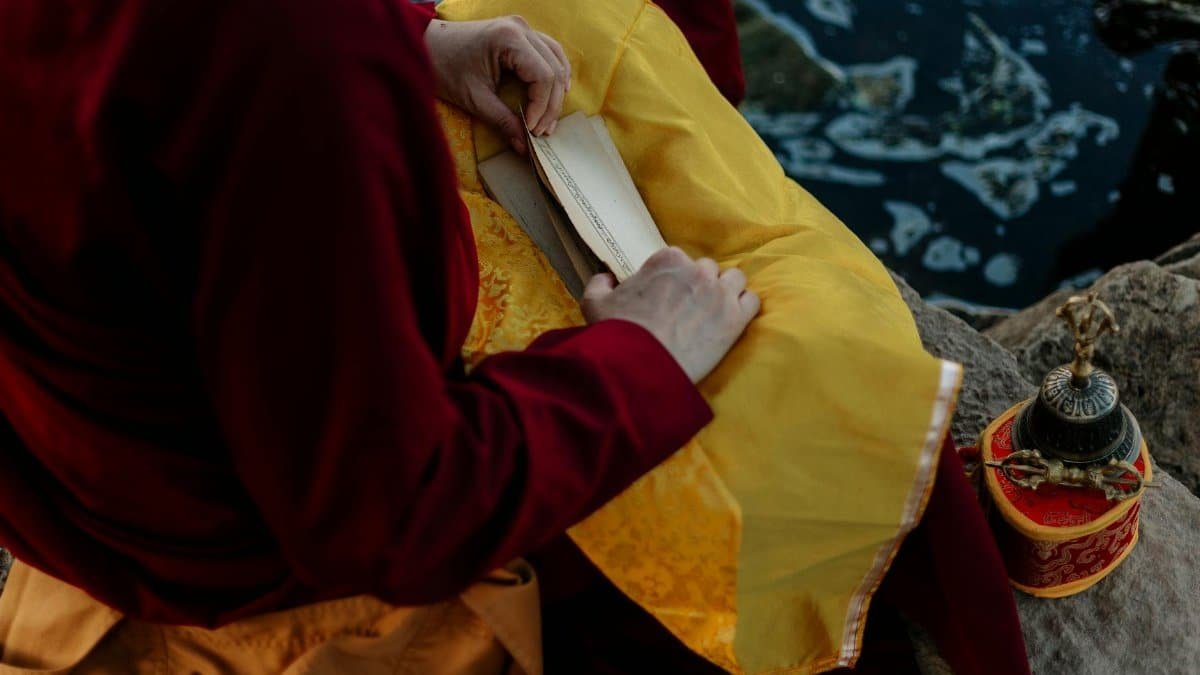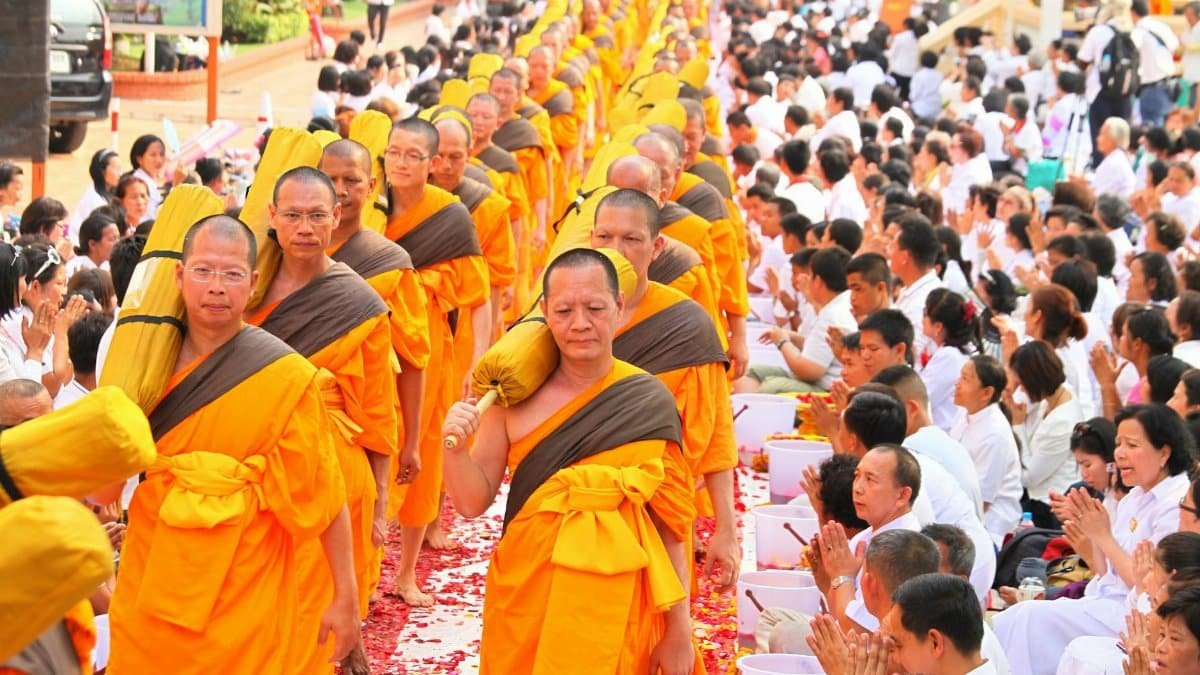Is Buddhist monk fear management really the solution everyone claims? Across the U.S., more people are turning to ancient practices to tackle modern anxieties, with mindfulness searches spiking by 25% in 2025, according to recent data. These time-tested methods, rooted in Buddhist traditions, promise instant relief from fear and stress. From breathing techniques to mental reframing, monks have honed strategies that anyone can apply. This article breaks down eight powerful techniques to help you conquer fear now, drawing on centuries of wisdom for today’s fast-paced world.
1. Mindful Breathing to Anchor the Moment

Fear often spirals when the mind races. Buddhist monks counter this with mindful breathing, a core practice to ground themselves instantly. Inhale deeply for four counts, hold for four, and exhale for six. This slows the heart rate and shifts focus from panic to presence. Studies from institutions like Harvard Medical School support this, showing controlled breathing reduces cortisol levels, the stress hormone. Find more on their research at Harvard Health.
2. Observing Fear Without Judgment

Monks teach that fear isn’t the enemy—it’s a passing emotion. Instead of fighting it, they observe it neutrally, noting physical sensations like a tight chest or racing pulse without labeling them as “bad.” This detachment weakens fear’s grip. Practicing this for just five minutes can shift your perspective, making overwhelming emotions feel manageable. It’s a mental reset anyone can try, no meditation cushion required.
3. Reciting Calming Mantras

Words hold power in Buddhist monk fear management. Monks often repeat simple phrases like “This too shall pass” or traditional chants to steady the mind. The repetition creates a rhythm that drowns out anxious thoughts. Pick a phrase that resonates with you and whisper it during tense moments. The act alone can redirect focus, acting as a mental anchor when fear strikes.
4. Visualizing a Safe Space

When fear looms, monks visualize a serene place—often a temple or quiet forest. This mental escape isn’t avoidance; it’s a deliberate shift to calm the nervous system. Picture a spot where you feel untouchable, down to the smallest details like sounds or smells. Spend a minute there in your mind. This technique, backed by research on guided imagery, can lower anxiety fast. Check supporting studies at National Institutes of Health.
5. Embracing Impermanence

Buddhist philosophy hinges on impermanence—nothing lasts forever, including fear. Monks remind themselves that emotions are fleeting, no matter how intense. When dread hits, acknowledge it won’t stick around. This mindset cuts through the illusion of endless worry. Tell yourself, “This is temporary,” and watch the fear lose some of its weight. It’s a simple but profound shift in perspective.
6. Practicing Loving-Kindness Meditation

Fear often ties to self-criticism or dread of judgment. Monks combat this with loving-kindness meditation, mentally sending goodwill to themselves and others. Start by wishing yourself peace: “May I be safe, may I be calm.” Then extend it outward. This practice rewires the brain to focus on compassion over fear. Even a few minutes can soften harsh emotions, creating inner stability.
7. Letting Go of Control

Fear thrives on the need to control outcomes. Monks train to release this urge, accepting uncertainty as part of life. When anxiety spikes over “what ifs,” pause and recognize what you can’t change. Focus only on your response in the present. This surrender isn’t weakness—it’s freedom. Letting go of the uncontrollable can feel like dropping a heavy load, easing fear instantly.
8. Grounding Through Physical Awareness

Monks often return to the body to escape a spiraling mind. Feel your feet on the ground, notice the texture of your clothes, or grip an object tightly. This sensory focus pulls you out of mental chaos and back to reality. It’s a quick, practical tool for anyone, anywhere. Whether at work or home, grounding yourself physically can break fear’s hold in seconds.
These eight techniques of Buddhist monk fear management aren’t just spiritual fluff—they’re actionable tools backed by science and centuries of practice. In 2025, as stress continues to climb in the U.S., tapping into these methods offers a real way to reclaim calm. Start with one, test it under pressure, and build from there. Fear doesn’t stand a chance against this ancient arsenal.
